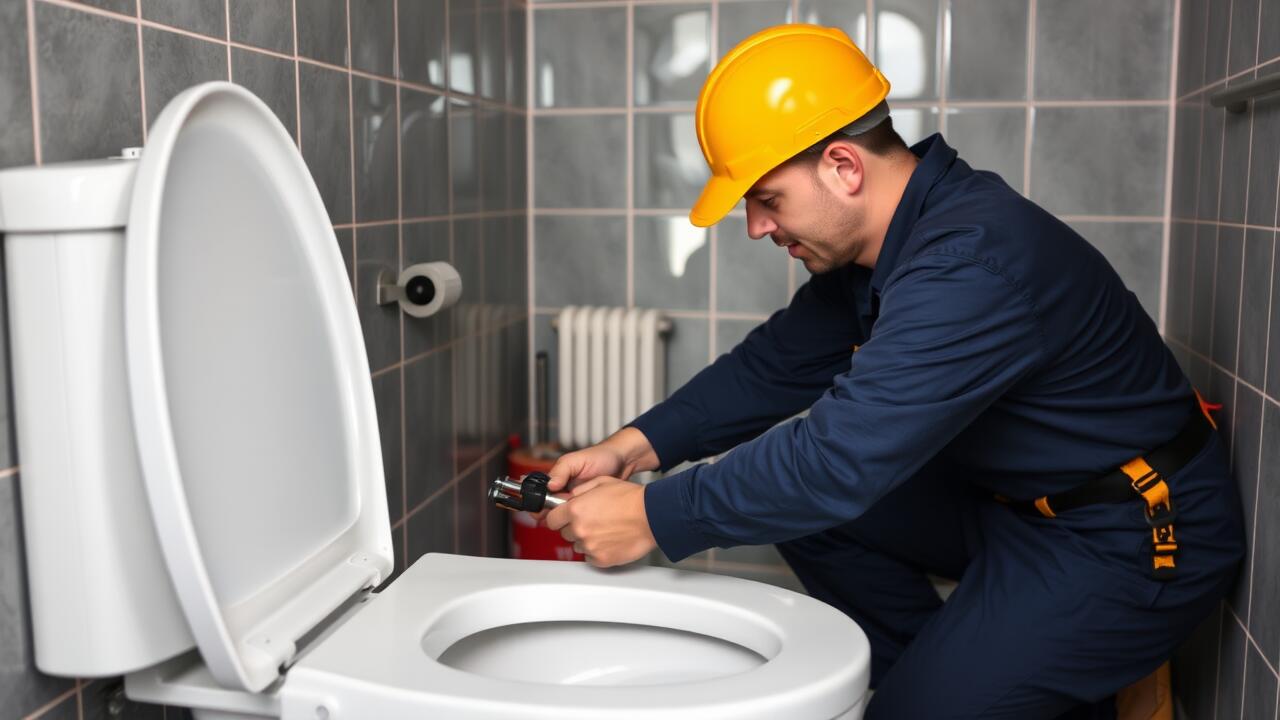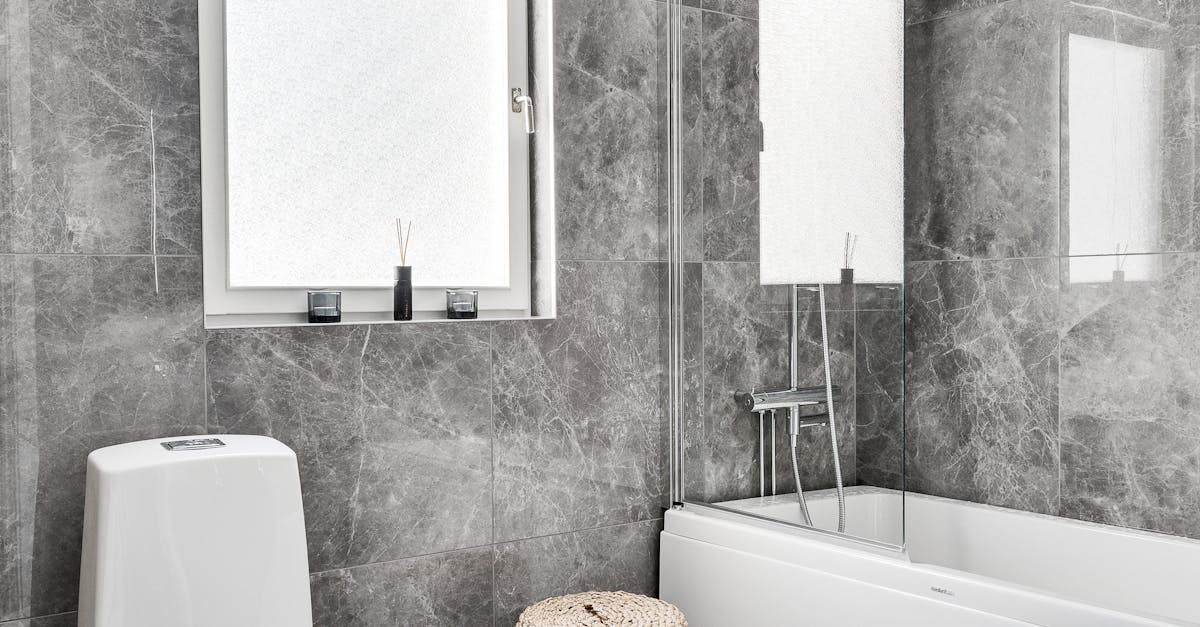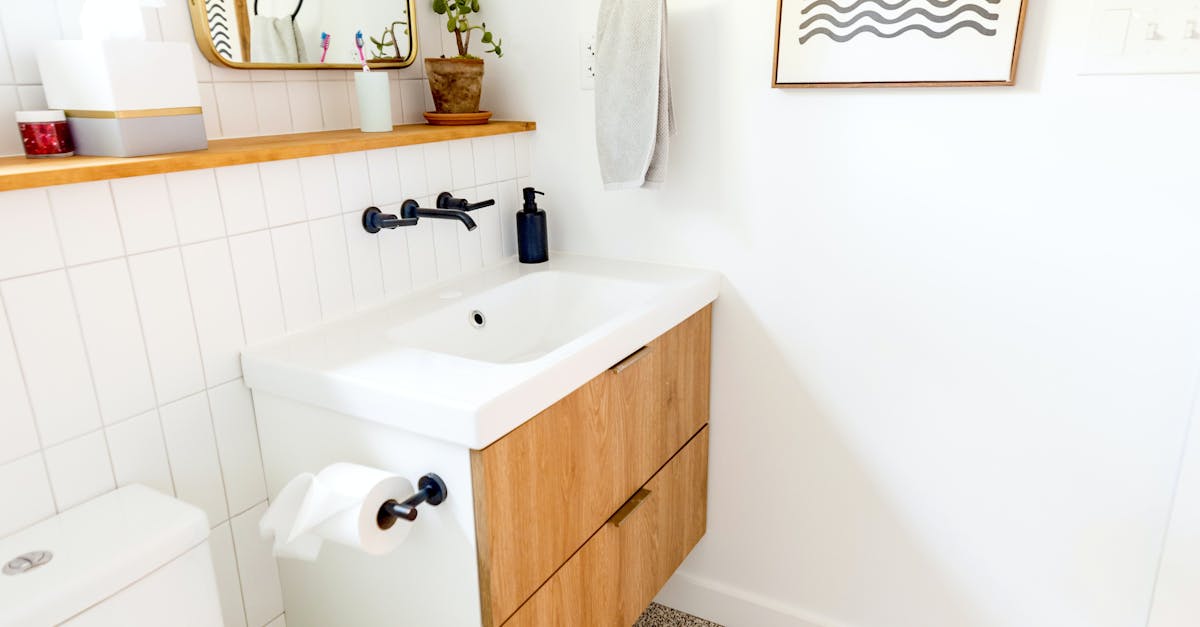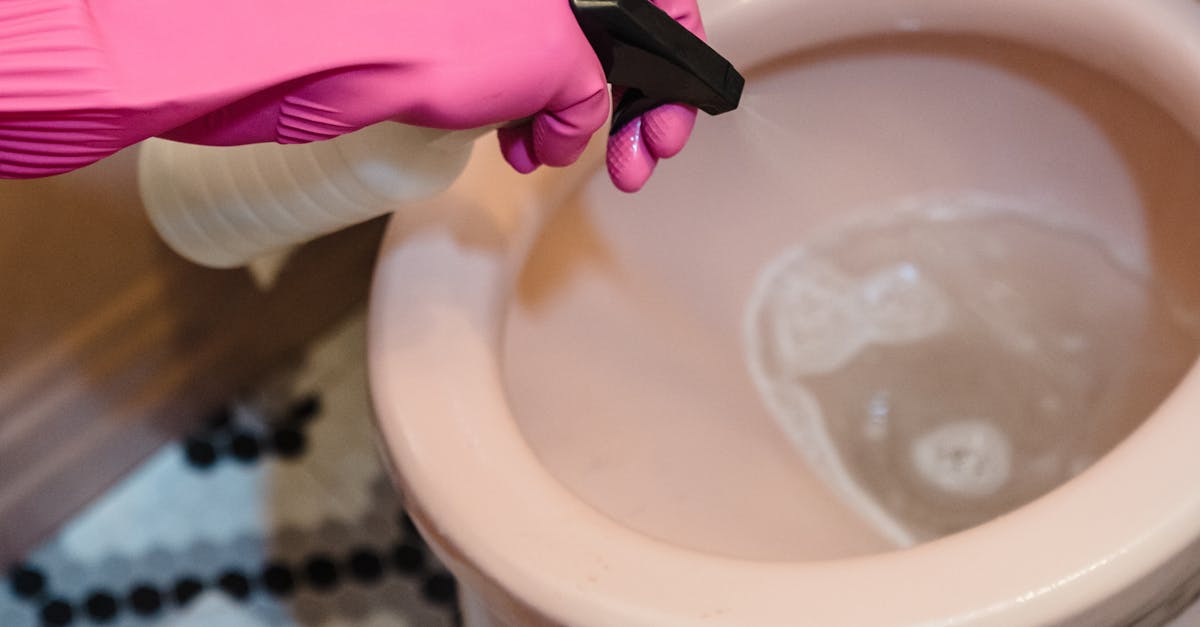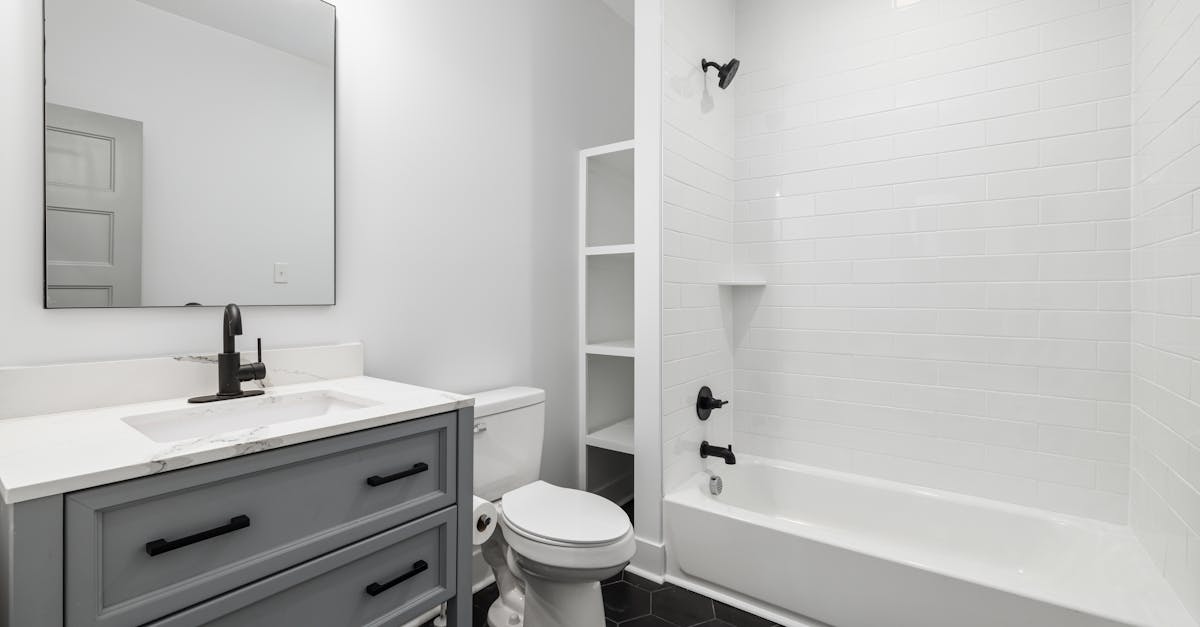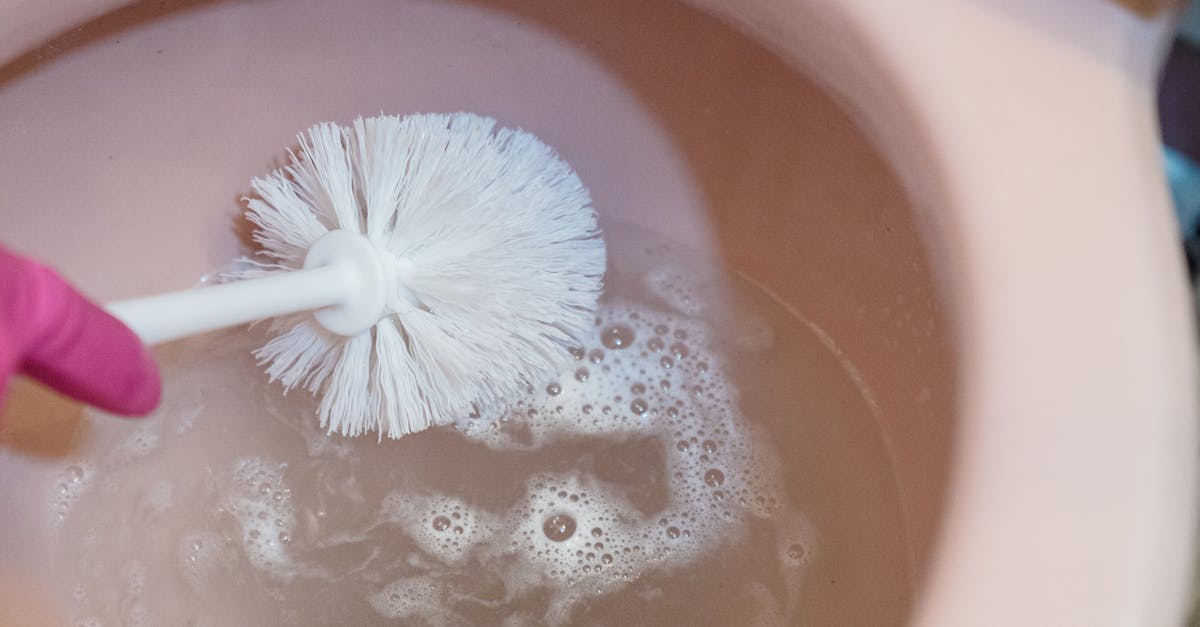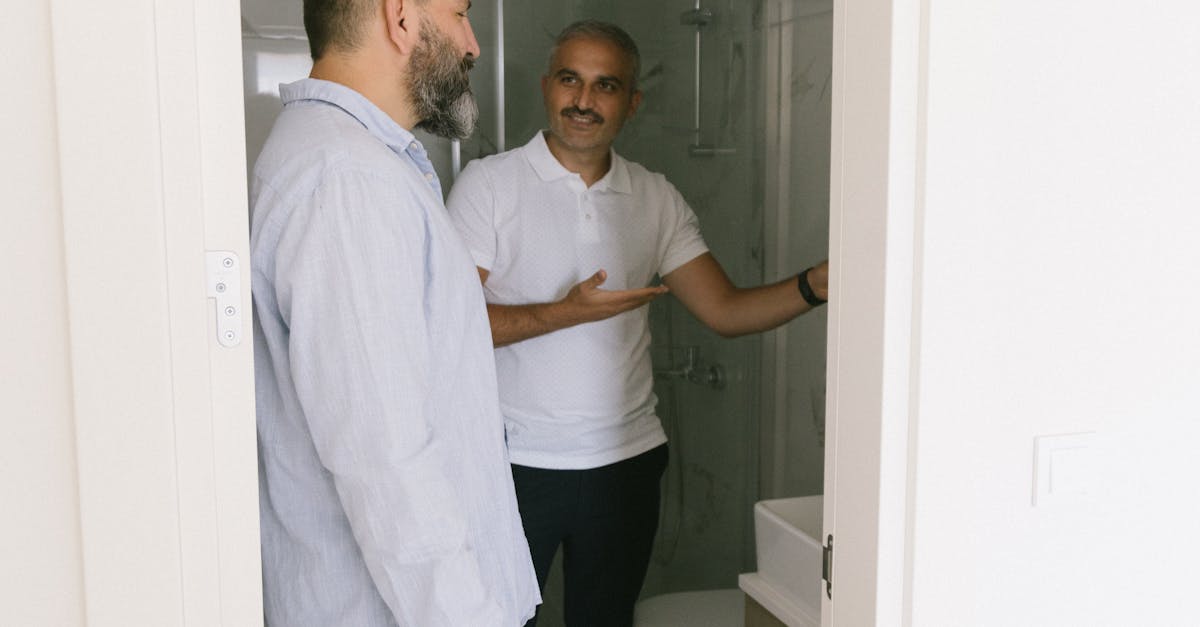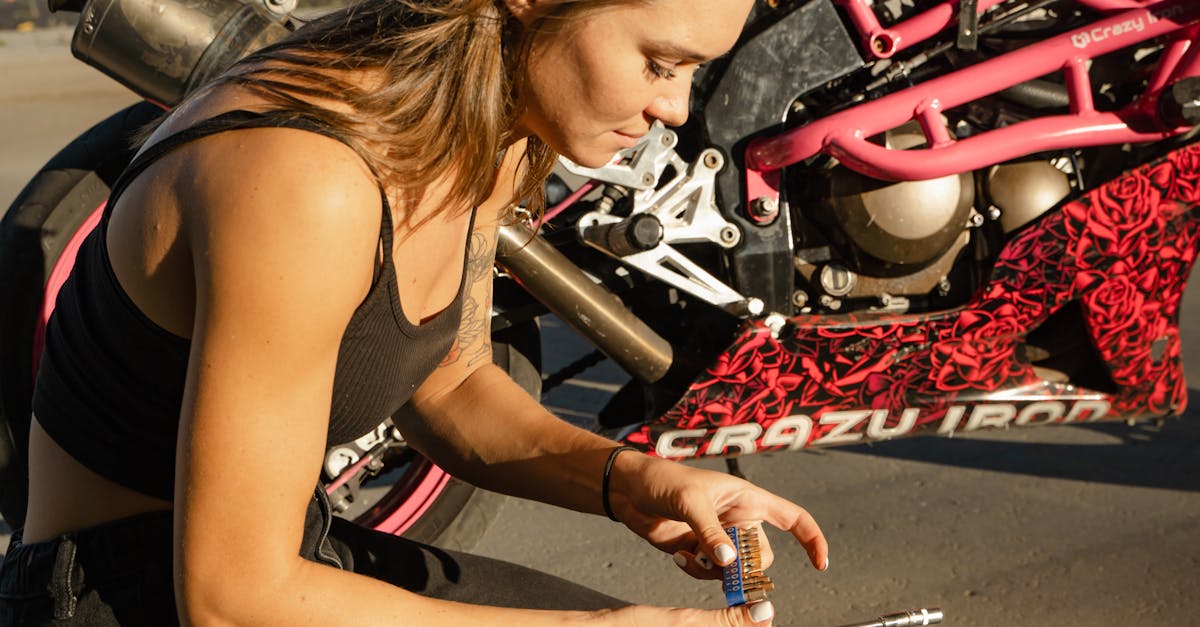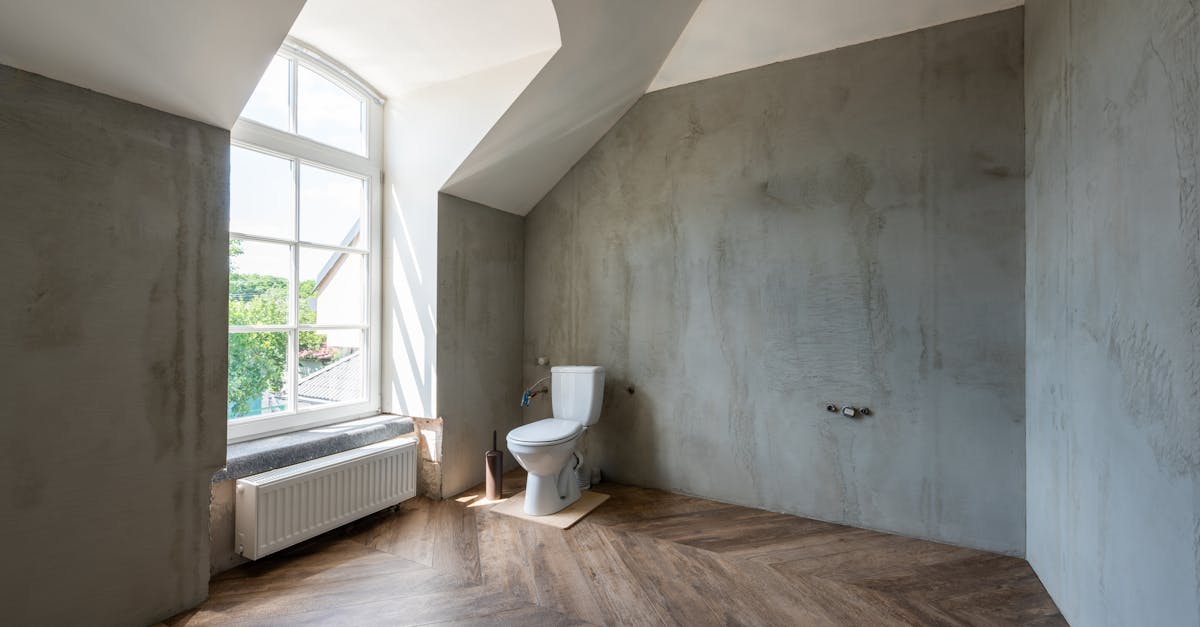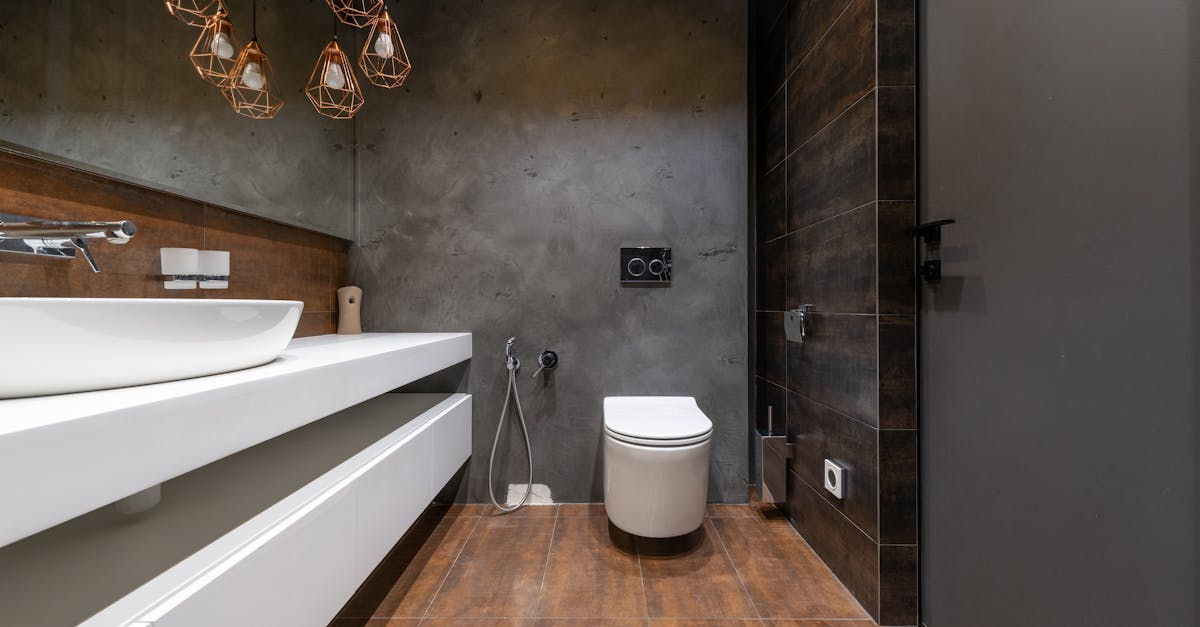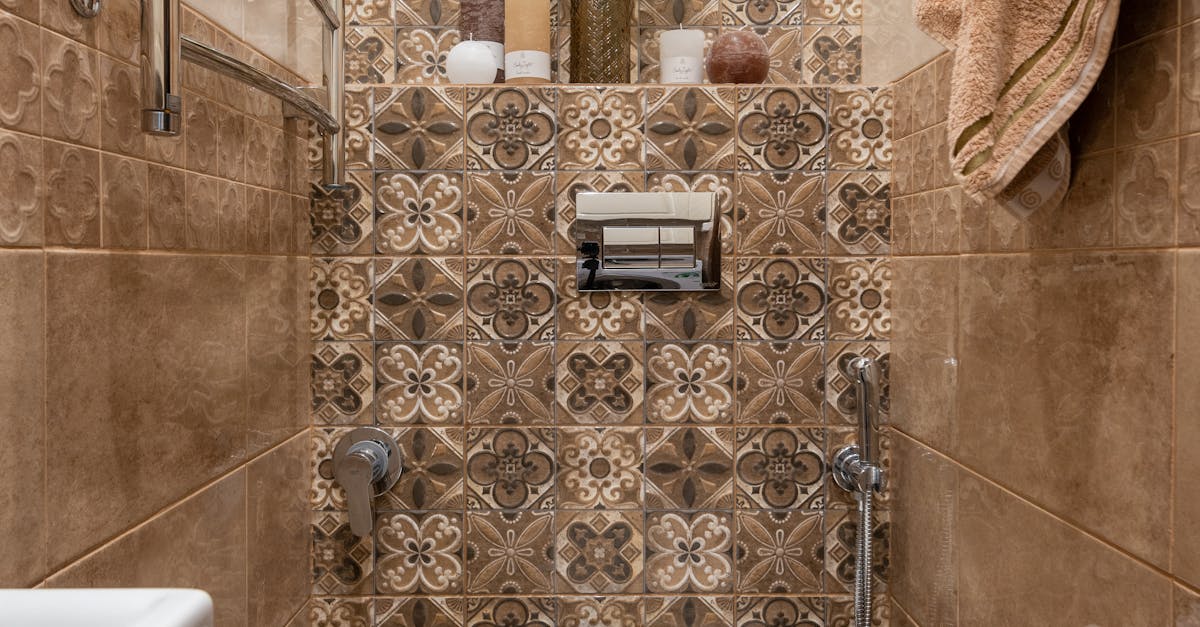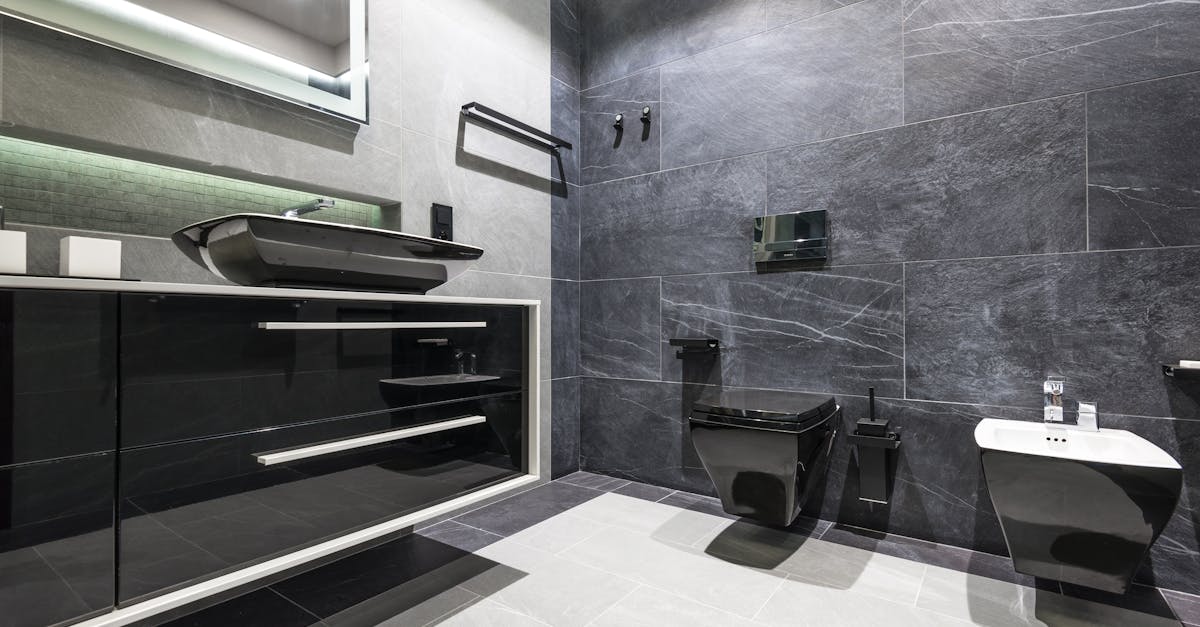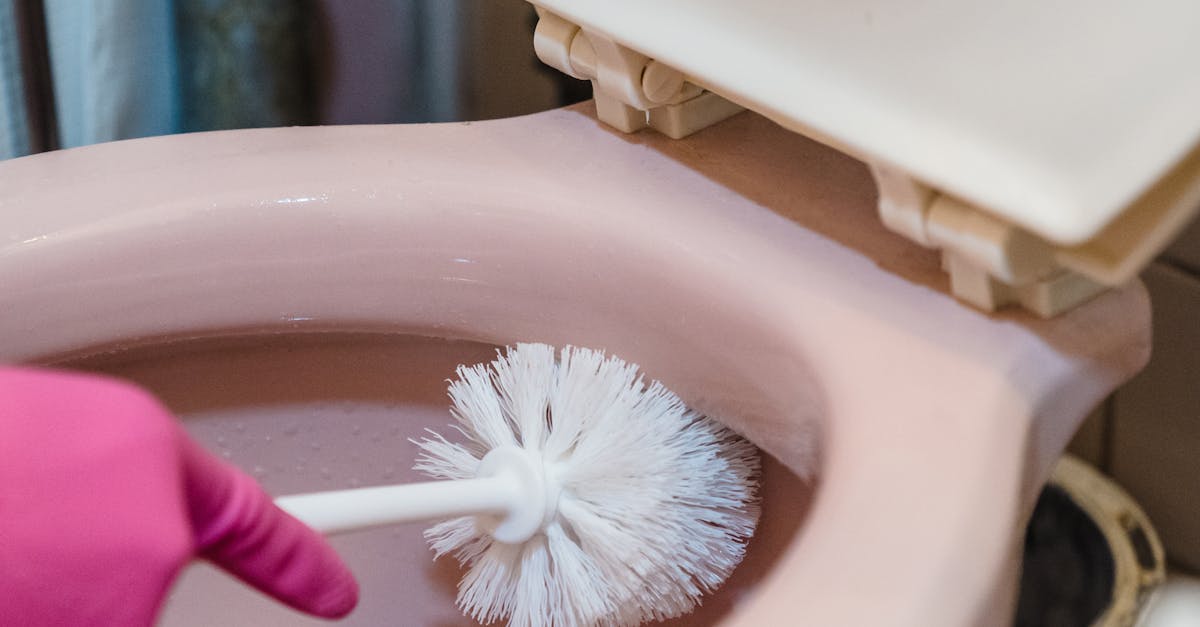
Table Of Contents
Adjusting the Chain Length
If your toilet continues to run, one potential cause may be an improperly adjusted chain length that connects the handle to the flapper. A chain that is too tight can prevent the flapper from sealing properly after a flush, while a chain that is too loose might not lift the flapper enough to allow for a complete flush. Adjusting the chain length is a simple task that can significantly impact your toilet's functionality.
To adjust the chain, start by removing the tank lid and locating the chain connected to the flapper. Ensure there’s just a bit of slack in the chain when the flapper is closed. If the chain is too short, add a few more links. If it is too long, you can remove links until the flapper closes correctly. Making these small toilet repairs can save you from a running toilet and increase the overall efficiency of your plumbing system.
Ensuring Proper Connection to the Flapper
A proper connection between the flush lever and the flapper is vital for efficient toilet operation. If the chain is too loose or too tight, it can prevent the flapper from sealing correctly, causing water to continuously flow into the bowl. Inspect the chain for any kinks or tangles. Adjust the chain to ensure it has just enough slack to allow the flapper to rise fully when the lever is activated, yet not so much that it hinders the flapper's ability to close completely.
During toilet repairs, take a moment to evaluate the condition of the flapper itself. Over time, flappers can become warped or damaged, which can lead to improper sealing. If the chain adjustment does not resolve the issue, consider replacing the flapper. This is a straightforward process that can significantly improve the function of your toilet, ultimately leading to reduced water wastage and better efficiency in your plumbing system.
Replacing the Flapper
Replacing a faulty flapper can be a straightforward process that significantly impacts your toilet's performance. Start by turning off the water supply to the toilet, which is usually located on the wall behind it. Flush the toilet to empty the tank and allow better access to the components. Once the tank is empty, you can unclip the old flapper from the flush valve. Take note of how it connects so you can replicate this with the new one.
After removing the old flapper, check the flush valve seat for any deposits or wear that might hinder a proper seal. Installing the new flapper involves aligning it properly with the flush valve and making sure it connects securely. After fastening it, reattach the chain if necessary and adjust its length so the flapper opens fully when you press the flush lever. Finally, turn the water supply back on, let the tank fill, and perform a test flush. Completing this simple flapper replacement is a vital step in your toilet repairs, helping to prevent further issues with excess water flow.
StepbyStep Guide to Installation
Replacing the flapper involves a few straightforward steps to ensure effective toilet repairs. Start by turning off the water supply to the toilet. Then, flush the toilet to empty the tank, which provides a clear view of the components inside. Detach the old flapper from the overflow tube, noting how it connects to the flush lever. It may be useful to take a photo for reference when installing the new flapper.
Next, align the new flapper with the overflow tube and secure it. Attach the chain to the flush lever, making sure there is a little slack to allow for smooth operation. Turn the water supply back on and let the tank fill. Test the flush mechanism to ensure the newly installed flapper seals correctly. If water continues to run, adjustments may be necessary, or further investigation into other components could be required for thorough toilet repairs.
Examining the Fill Valve
The fill valve plays a crucial role in regulating the water level in the toilet tank. When this component malfunctions, it can lead to constant running water, which affects both water usage and utility bills. Start by checking the fill valve for any visible signs of damage or wear. If the valve is stuck in the open position, it may allow water to continually flow into the tank, causing the flush to run indefinitely.
Additionally, sediment build-up can clog the fill valve, preventing it from functioning correctly. Regular maintenance of the fill valve is essential for effective toilet repairs. If you notice any issues, it might be necessary to clean the valve or replace it altogether to restore proper functionality and stop the running water.
Assessing for Clogs or Damage
A running toilet can often be traced back to issues related to the fill valve, particularly if there are clogs or damage present. It is essential to check the valve for any blockages caused by mineral build-up or debris. Over time, sediment can accumulate inside the valve and restrict its function. If you observe any signs of wear, such as cracks or corrosion, this may indicate that a replacement is necessary. Such maintenance is crucial as neglecting the fill valve can lead to more significant problems down the line.
When conducting toilet repairs, inspect the inlet tube and the flush valve for any signs of leaks or breaks. A damaged valve may not close properly, resulting in continuous running water. Additionally, flushing the toilet and listening carefully can help identify if the fill valve is operating correctly or if it is malfunctioning. Addressing these issues promptly can save water and prevent costly repairs in the future. Regular maintenance can significantly extend the lifespan of your toilet and ensure it functions efficiently.
FAQS
Why does my toilet keep running after flushing?
A running toilet is often caused by a faulty flapper, an improperly adjusted chain, or issues with the fill valve. These components can wear out or become misaligned over time.
How do I know if the flapper needs replacing?
If the flapper is warped, cracked, or doesn't create a proper seal when closed, it may need to be replaced. You can also test for leaks by adding food colouring to the tank; if the colour appears in the bowl after a while, the flapper is likely faulty.
What should I do if adjusting the chain doesn’t stop the running?
If adjusting the chain doesn't resolve the issue, check the flapper for damage or wear. If the flapper is in good condition, the problem may lie with the fill valve, which may need inspection or replacement.
Can I fix a clogged fill valve myself?
Yes, you can attempt to clear a clogged fill valve yourself by shutting off the water supply, removing the valve, and cleaning it. However, if you're unsure or if the valve is damaged, it may be better to consult a plumber.
How often should I check my toilet components for wear and tear?
It's a good idea to inspect your toilet components at least once a year. Regular maintenance can help prevent issues like a running toilet, saving you both water and money.
